The Fascinating Underwater Topography of Miyakojima
Some divers prefer to take it easy, cruising over carpets of coral and taking in the colorful scenery and tropical fish while the sunlight penetrates through the water, dappling the coral ledges. Others, however, prefer a more varied scene such as huge rock formations, deeper depths, colossal arches or dark narrow tunnels. Okinawa's Miyakojima is a world of unique dive sites formed by seismic and volcanic activity. Read on to learn more about this world of fascinating geographical features.
Miyakojima lies about 300 kilometers southwest of the main island of Okinawa. It’s a relatively flat place surrounded by smaller islets with spectacular coral reefs, huge tunnels, rocks, arches and caves. The surrounding seas are blessed with two ocean currents that run north: the Taiwan Warm Current in the East China Sea, which travels alongside mainland China, and the Kuroshio Current, which begins east of the Philippines.
Miyakojima is well known for its limestone formations: caves, arches and winding tunnels that open out into vast sandy areas and smaller coral reefs. Their location varies; some are as deep as 40 to 70 meters, and inner parts of the structures can be almost or totally dark. Because of the low energy of the seawater in the area, the sediments along the bottom are generally very fine. A lot of the main dive sites that offer this kind of environment can be found along the north and west coasts of Irabu island, one of the many islets surrounding Miyakojima.
Mao no Kyuden: This dive site is an excellent example of Miyakojima’s unique underwater topography. With an air of mystery and anticipation, this large boulder area and labyrinth of tunnels is a great place to take a few shots of divers exploring the overheads. A flashlight is an absolute must. The maximum depth is around 25 meters, and as the tunnels are quite small and narrow, it’s not recommended for those who might be claustrophobic. At 21 meters there is much life, including a resident candy crab wrapped around a piece of soft coral. Wary of divers and unimpressed by flashlights, he backs away quickly, so timing when taking photos is crucial! The final ascent is up a long straight tunnel, where the sunlight is spectacular as it shines through and lights up the surroundings. Look out for shoaling bigscale soldier fish gathering in the dark areas and schools of sweepers.
Hon Drop: As its name suggests, Hon Drop is a daunting drop-off, a sheer downward slope where the rocky structure rises from around 35 meters to a shallow plateau at eight meters deep. The site also has some rocky gullies and overhangs that are perfect for its main resident, the giant trevally, to take refuge there. But again, timing is crucial when taking photos, as the fish is shy and gentle, moving hastily away and disappearing into the blue with a flick of its tail. There is a mildly strong current that encourages many fish to congregate in the shallows, while leaf scorpion fish hover gently in deep pockets within the rocks. The shallow areas are also covered in anemones that shield all manner of clownfish, and the abundant sea life is evident. This is a great site to simply hang out and observe the scene.
Mini Grotto: Miyakojima’s colossal rocky structures and tunnels really come alive at Mini Grotto. Heading down the sloping ledges, divers can marvel at the boulders spreading out below, before encountering a grazing turtle, unfazed by its audience and munching off the rocky surface. As the descent continues, it’s worth taking time to explore with a flashlight. The site is home to the ubiquitous lionfish and a range of colorful nudibranchs, but the highlight is swimming through a tunnel in almost total darkness and coming up to the surface. Floating in crystal clear water, divers can rest awhile, look up and gaze at the giant structures towering over them. The only way out is to descend again and swim through the same tunnel, so good ear clearing is a must. As the dive ends, enjoy the shallow areas and marvel at some free-swimming stout chromis and red snapper.
Nakanoshima Channel: It takes 35 minutes by boat to reach this site, but hidden beneath the clear blue ocean is an array of fascinating features. Descending to a silty bottom at 14 meters, the dive feels a little gloomy at first, but swimming through an arch and further down to 18 meters, a juvenile bicolor parrotfish emerges, looking for its next hidey-hole. The darker patches of the rocks are home to schools of red soldier fish with huge black eyes, and as the seabed is sandy it’s possible to lie on the sand and meet the jawfish with his huge eyes and gaping mouth, poking out of his lair, watching intently and darting out of sight if so inclined. With a maximum depth of around 20 meters, this dive is a leisurely drift over sandy areas in between rocky structures; a gaze at the underwater world passing by. Take time to explore the rocks and photograph nudibranchs and other small critters.
Miyakojima’s seascape makes it distinct from other sites in Japan. The long journey from Tokyo is worth it if you want to experience a volcanic landscape that adds to the mystique of your dives and offers a feel for both coral and limestone. When not diving, take some time out to sunbathe on the white sandy beaches, and don’t miss the island’s lookout points with spectacular views.
The friendly staff of Dive Kids (pictured below) run regular dives, while package tours including return flights from Tokyo and accommodation can be booked through Tokyo’s Paradise Island Tours.
The Deets
Getting there: Direct flights are available with JAL and ANA and take about three hours from Tokyo’s Haneda airport.
Getting around: Dive Kids offers pick-ups and drop-offs before and after dives, but if you have some free time and wish to explore a bit more of the island, hiring a car is the best option. Times Car Rental has an outlet about two kilometers away from the airport, and staff will pick you up on arrival and take you directly to the shop.
Where to Stay and Eat: Hotel Peace Island Miyakojima Shiyakusho-dori was recently built in the town center. It’s in a good central location with a 24-hour convenience store nearby, Western-style rooms, buffet breakfast, and a restaurant serving dishes such as sashimi, grilled meat and fish, salads and deep-fried items for those who prefer dinner on the hotel premises. Sail Inn Miyakojima is a Western-style hotel 10 minutes from the dive shop. Next door is an izakaya called Usagiya, where you can dance to live shamisen music.
More Information: For further details on diving in Miyakojima and the options available, contact Dive Kids by calling 0980-72-7338, or visit the school’s website. Guidebook Miyakojima is available on the island free of charge, and is an excellent resource packed with information on restaurants, hotels and shops.

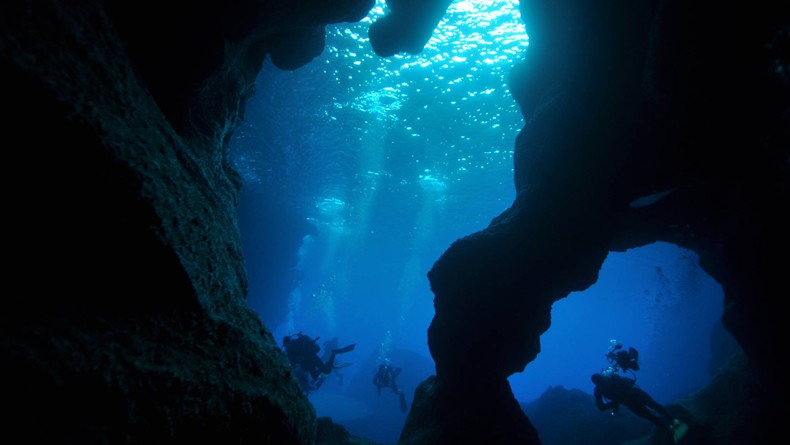
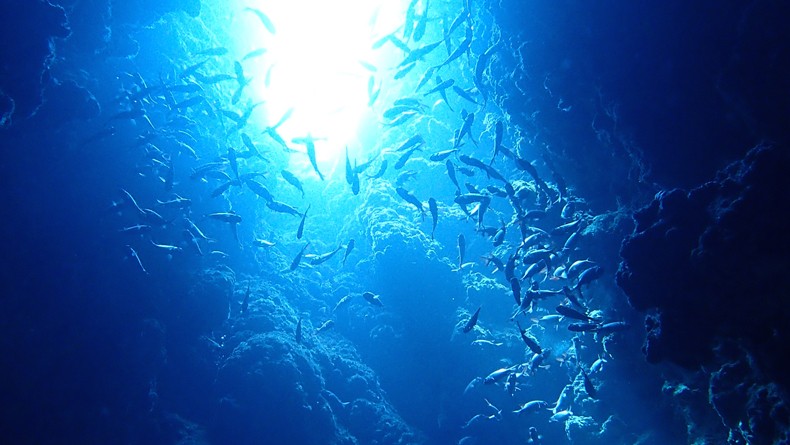
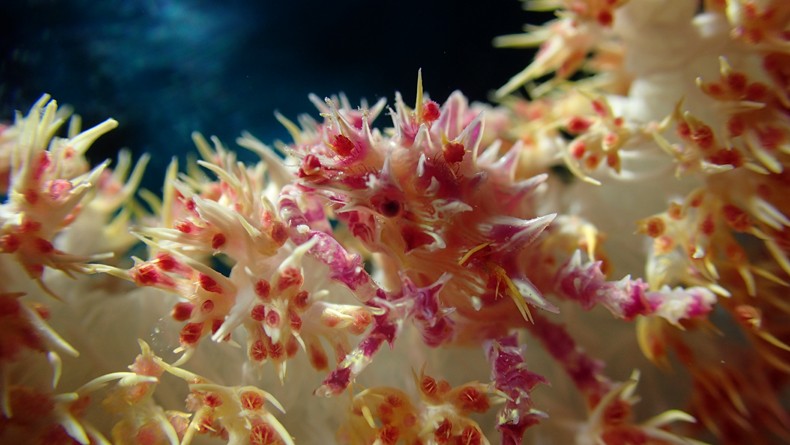
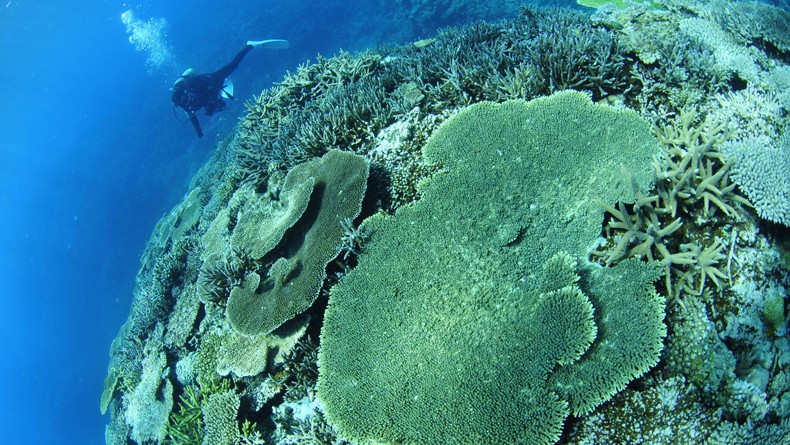
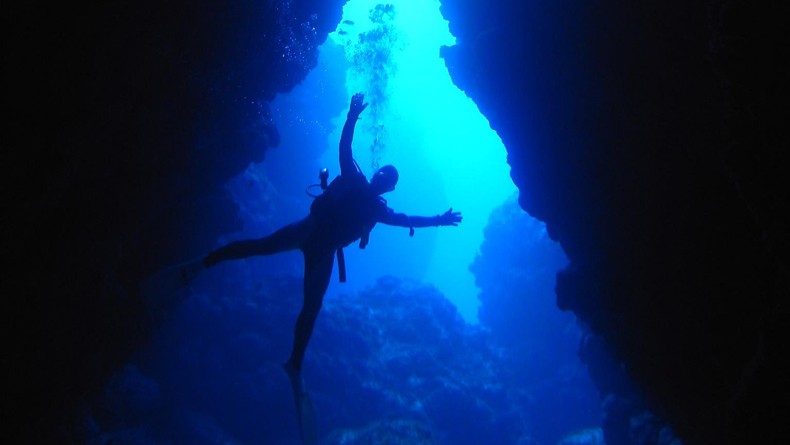
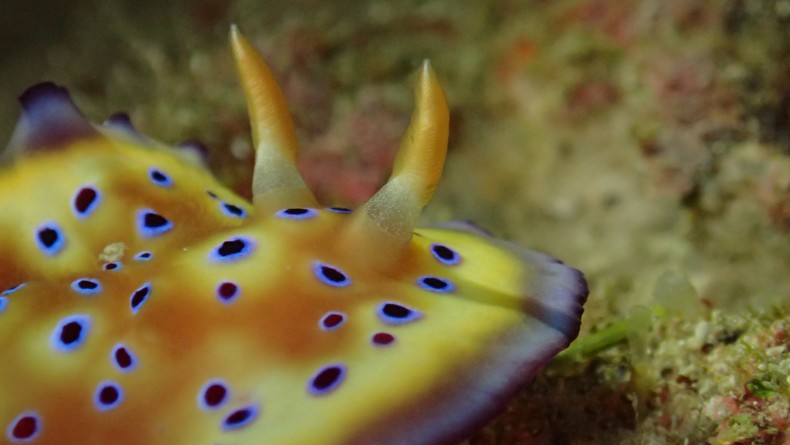
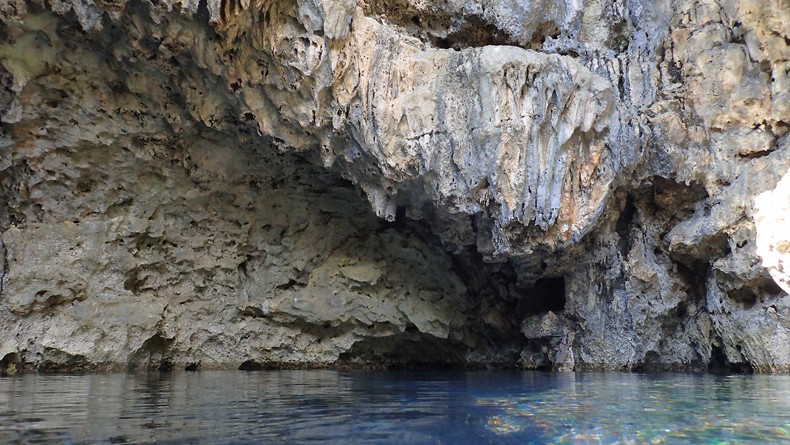
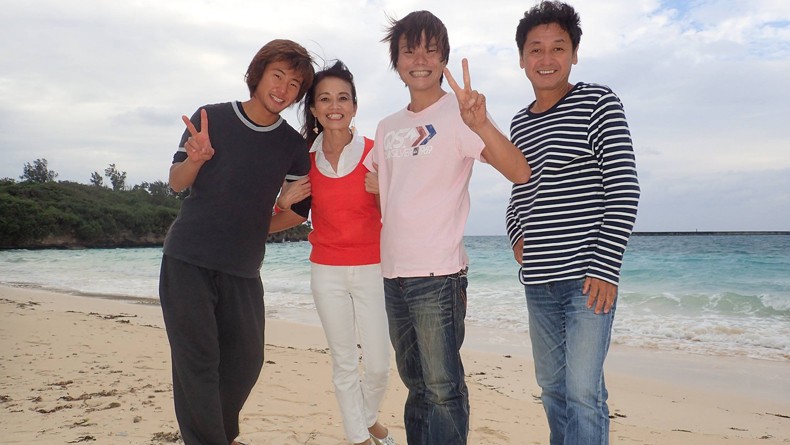


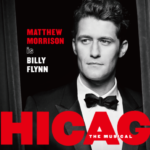
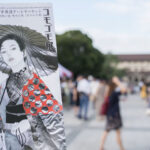







Leave a Reply